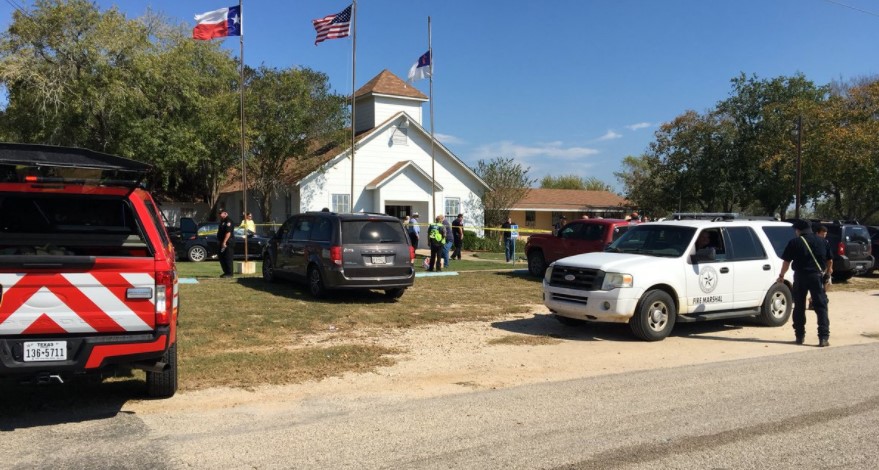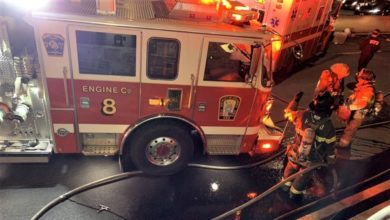Pre-arrival video: Chip store burns at UK's Brighton Seafront. Lots of cameras on the scene. Stealing an idea from EMS on dealing with them.
Previous coverage & discussion of cameras at incident scenes can be found here, here, here, here, here, here, here, here & here
Fire broke out Thursday afternoon at Beach Break Fish and Chip in the King’s Road Arches at Great Britain's Brighton Seafront. There were lots of cameras rolling before and after firefighters arrived. Here are some details from The Argus:
Eight fire engines have been called to the scene among fears that the fire could spread to neighbouring shops and because there are fears that there maybe people trapped inside.
The fire was put out around two hours later and three people were led to safety from the blaze.
We have had some discussions of late about cameras at emergency scenes. One of the issues was over law enforcement not wanting a news photographer to take pictures of the cops doing their jobs out in the open on a public street. Watch the first video on this page and count how many cameras are out. In the still frame above there are at least six people taking pictures or videos. There are plenty more on all sides of this incident.
The genie has long been out of the bottle. It's a fact of life. Maybe time is better spent teaching fire, EMS and police how to do their jobs professionally and efficiently while being photographed. A few months back I read a column by Dr. James Augustine in EMS World about the successful outcome in a tricky, life-threatening medical case that happened to be caught in video from start to finish by a bystanders cell phone camera. Here's what Dr. Augustine wrote in reference to the camera on the scene:
There are cases where EMTs must provide immediate lifesaving actions with little time for explanation to the patient or significant others. There are also incidents that occur in front of audiences of intensely impacted bystanders who in these days record the action on cameras and cell phones.
It is also important that the EMT be prepared to function in front of a camera, and not develop stage fright at a critical time. Some agencies now film providers in training doing critical EMS evolutions, so the members are aware of what an interaction looks like on film. In all cases, timely patient care is the critical priority.
Seems like a real smart way to deal with this issue and make sure EMTs and paramedics are comfortable and not distracted when bystanders or the press starts shooting. And it probably will work much better and result in fewer first responders having to make up laws that just don't exist.
I have witnessed police civil disturbance training where they teach officers to ignore extremely nasty taunts and other provocation by demonstrators. Couldn't the same thing be done with cameras?







